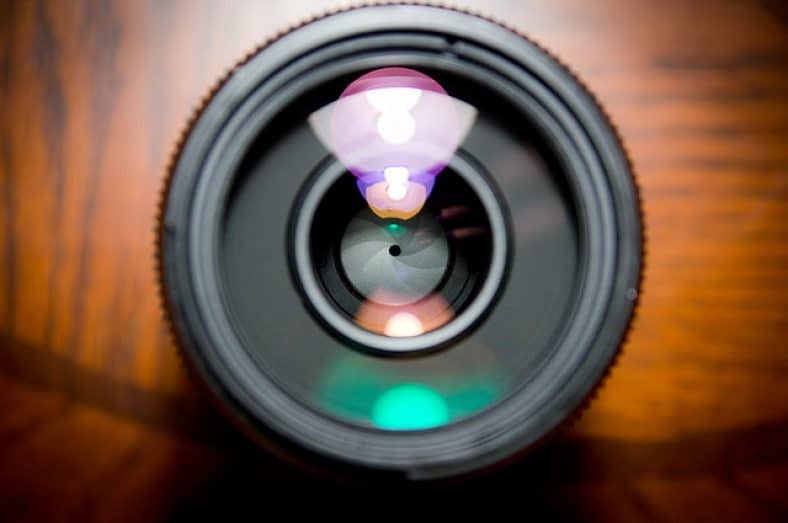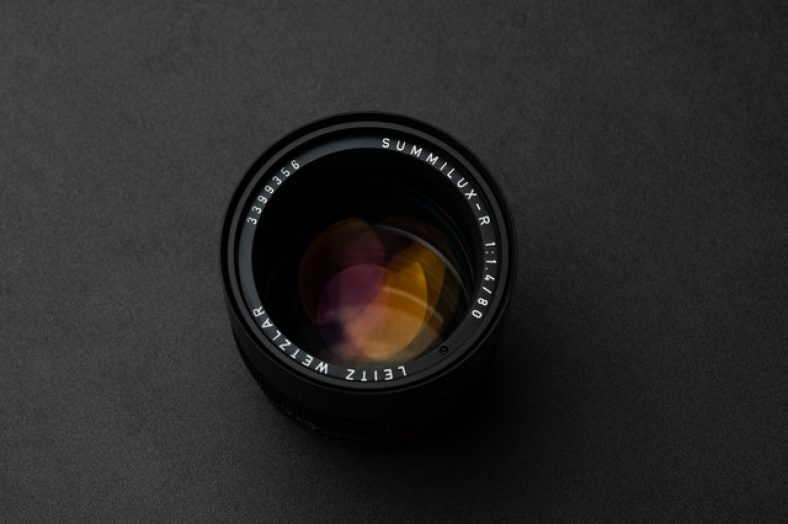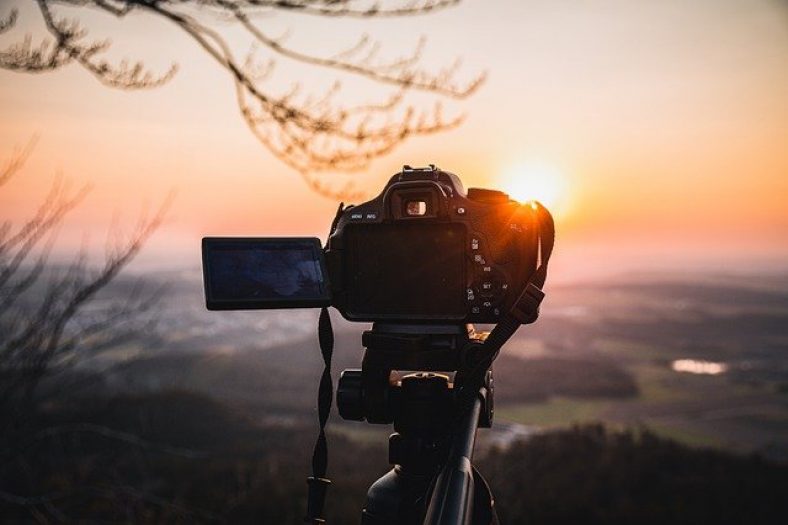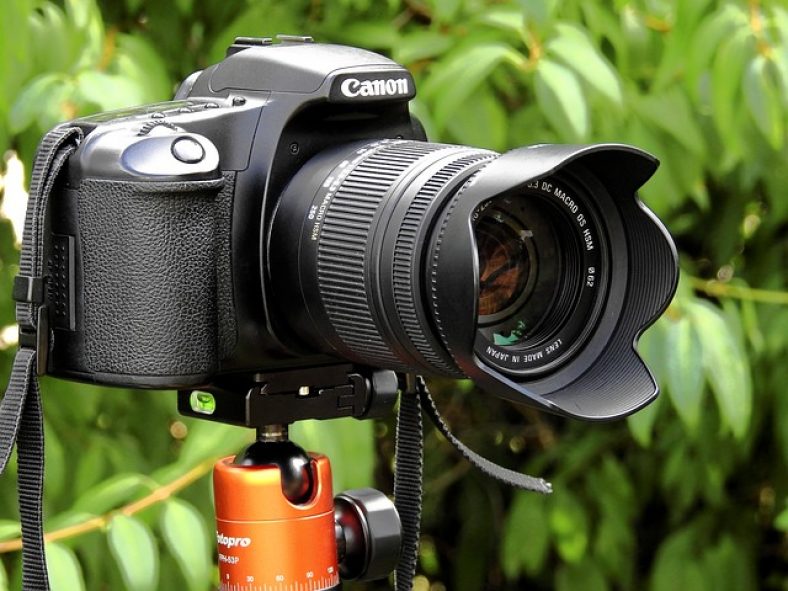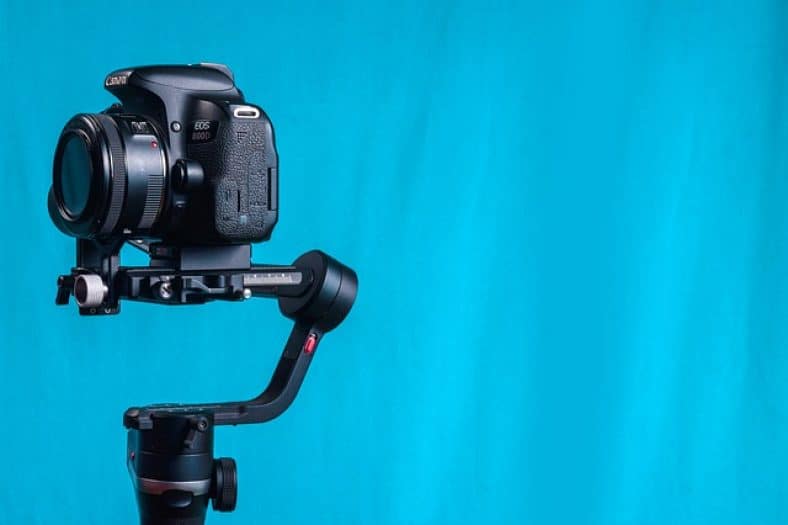Affiliate Compensation Notice
CameraIO is a participant in the Amazon Services LLC Associates Program, an affiliate advertising program designed to provide a means for sites to earn advertising fees by advertising and linking to Amazon.com.
Categories
© 2024 CameraIO
![8 Best Cameras for Surf Photography in 2022 [Buying Guide]](/wp-content/uploads/2022/02/00.Surf-Photography-788x560.png)
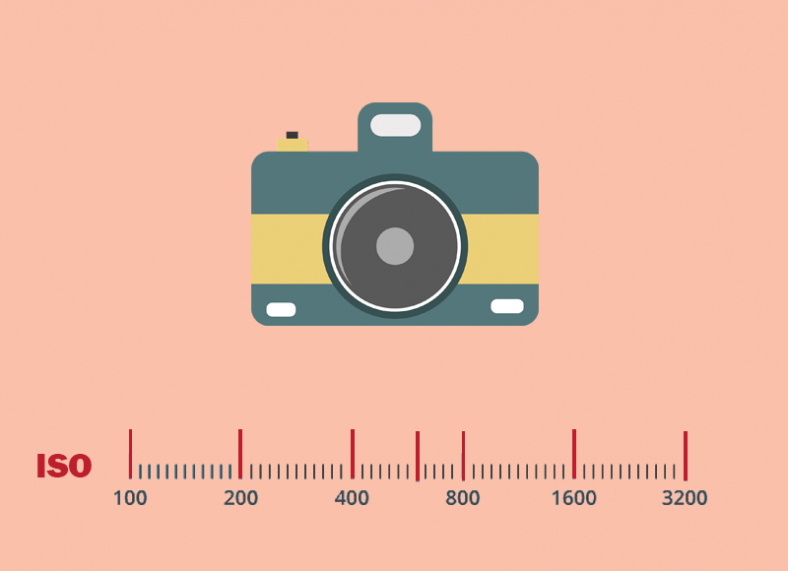
![10 Best Cameras for Product Photography in 2022 [Buying Guide]](/wp-content/uploads/2022/01/000.background-Product-Photography-788x525.png)
